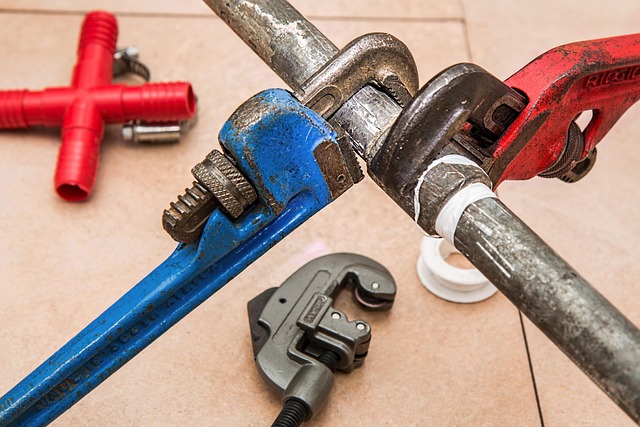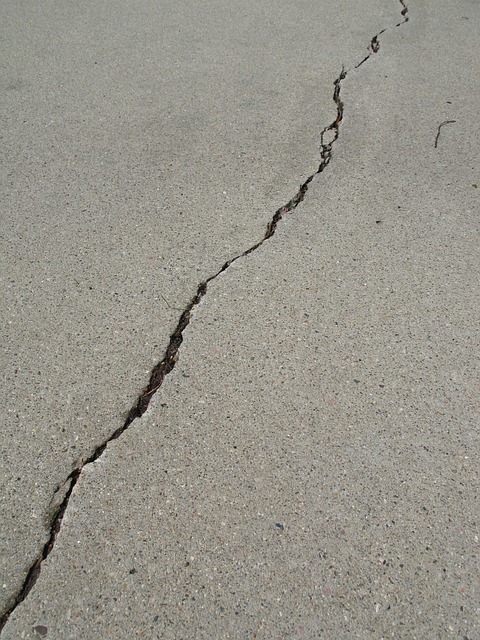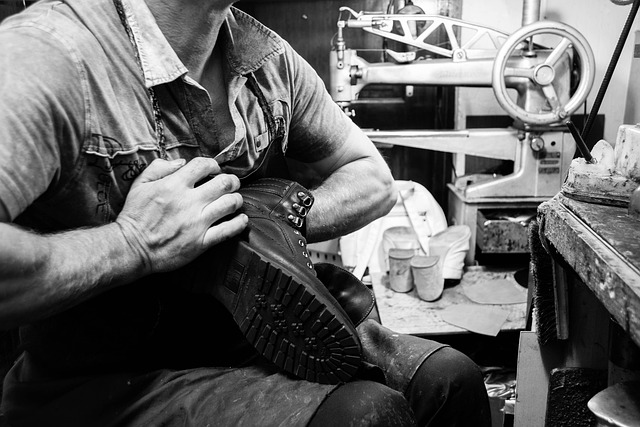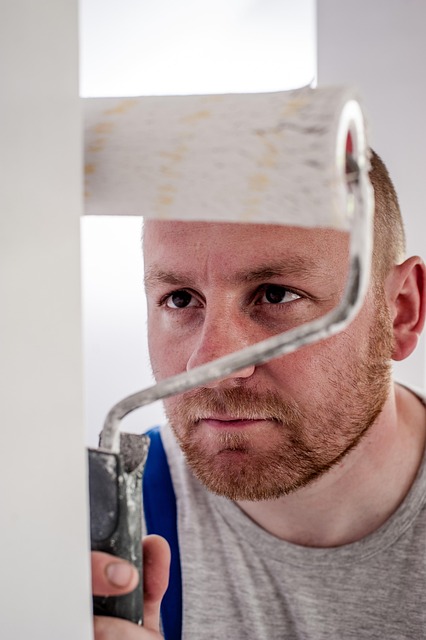Concrete pier installation is a powerful and cost-effective method for stem wall repair and foundation support, ideal in areas with settlement or uneven soil issues. It involves drilling vertical concrete piers, reinforcing them with steel bars, and pouring concrete to create load-bearing columns that underpin new foundation systems like stem walls or slabs. Early identification of damage signs is crucial for preventing costly repairs due to shifting soils, poor drainage, or water damage. The installation process requires meticulous preparation, including site assessment, soil analysis, load calculations, and safety protocols. Regular inspections and proper maintenance after installation are vital for extending the lifespan of stem wall repair.
“Discovering the power of concrete pier installation is key to ensuring robust stem wall repair. This comprehensive guide explores the intricacies of this process, from understanding its basic principles to selecting the right type of concrete piers for structural stability.
Learn when stem wall repair is crucial, how to identify damage signs, and the best practices for a successful installation. Whether you’re a professional or a homeowner, this article provides valuable insights into maintaining longevity and stability through effective concrete pier techniques.”
Understanding Concrete Pier Installation: A Basic Overview

Concrete pier installation is a structural technique used for stem wall repair and foundation support, especially in areas prone to settlement or uneven soil conditions. It involves constructing vertical concrete piers beneath the surface to provide additional stability and load-bearing capacity. This method is particularly effective for raising structures, realigning walls, or reinforcing existing foundations.
During installation, concrete piers are drilled into the ground at predefined intervals, often guided by geological surveys. Reinforced steel bars are placed within the piers, followed by pouring concrete to create robust columns. These piers then support a new foundation system, such as a stem wall or slab, ensuring long-term structural integrity. This process offers a cost-effective and efficient solution for various construction challenges, including correcting misaligned walls caused by soil settlement.
When is Stem Wall Repair Necessary? Identifying Signs of Damage

Stem Wall Repair is often necessary when concrete piers, which support structures like foundations or decks, start to show signs of damage. Identifying issues early on is crucial as it prevents further deterioration and costly repairs. One of the primary indicators that a stem wall repair is required is visible cracks in the concrete. These cracks can be hairline thin or wider, depending on the severity of the problem. They may appear as vertical, horizontal, or diagonal lines, often developing over time due to shifting soil, poor drainage, or structural stress.
Other signs of damage include uneven or leaning piers, which suggest that the foundation is no longer stable. If you notice gaps between the pier and the surrounding concrete or masonry, it could indicate settlement or subsidence. Additionally, water damage, such as visible moisture seepage or mold growth, can weaken the structure and necessitate a stem wall repair to ensure the longevity of the building.
The Role of Concrete Piers in Structural Support and Stabilization

Concrete piers play a vital role in providing structural support and stabilization for various construction projects, especially in areas prone to shifting soils or high wind loads. They act as a solid foundation, distributing weight evenly and preventing sinking or shifting of the structure above. In cases of stem wall repair, concrete piers are often used to reinforce and stabilize existing walls, ensuring their longevity and integrity.
These structural elements are designed to withstand significant lateral forces, offering a robust solution for enhancing the overall stability of buildings, bridges, or other infrastructure. By installing concrete piers, engineers can effectively mitigate the risks associated with unstable ground conditions, thereby creating a safer and more durable built environment.
Types of Concrete Piers: Pillars, Footings, and Foundation Solutions

Concrete piers come in various types, each offering unique advantages for different structural needs. Pillars are vertical supports that transfer loads directly to the soil below, often used for light-duty applications like supporting fences or small structures. Footings, on the other hand, are horizontal concrete elements designed to bear the weight of larger structures. They distribute the load over a broader area, ensuring stability and preventing settlement.
For more complex projects, foundation solutions like piled foundations or slip-resistant footings might be required. Piled foundations involve driving metal or wooden piles into the ground to provide support for structures with high loads or in areas with weak soil. Slip-resistant footings use special materials or designs to minimize movement and shifting, a crucial consideration when repairing stem walls, ensuring long-term stability and preventing costly damage.
Step-by-Step Guide to Installing Concrete Piers for Stem Wall Repair

Installing concrete piers is a meticulous process that requires careful planning and execution for successful stem wall repair. Here’s a straightforward, step-by-step guide to ensure your project’s integrity.
1. Site Preparation: Begin by inspecting the area where the piers will be installed. Clear away any debris or existing structures that might impede placement. Ensure proper footing by compacting the soil and checking for level, using a level as a reference point. Mark the location of each pier to maintain precision.
2. Excavation: Dig trenches for each pier according to the planned depth and width specifications. The size should align with your repair needs and structural demands. Line the trenches with rebar for reinforcement, ensuring it’s properly secured within the concrete mix. Backfill the trenches partially to provide support while pouring the concrete.
3. Concrete Pouring: Mix concrete according to manufacturer instructions, achieving the ideal consistency for casting. Pour the concrete into the prepared trenches, filling them completely and smoothly. Strike off any excess concrete with a trowel to ensure an even surface. Allow the concrete to set and cure as per recommended guidelines.
4. Steeling and Curing: Once cured, install the desired steel reinforcing bars (rebar) within each pier for added strength. Ensure proper spacing and tying of rebar for structural integrity. Continue curing the concrete piers, following manufacturer-recommended practices for optimal performance in stem wall repair.
Best Practices and Safety Measures During Pier Installation

During concrete pier installation, adhering to best practices and prioritizing safety is paramount for successful and secure foundation repair. Before beginning any project, thoroughly assess the site conditions, ensuring compliance with local building codes and regulations. Proper preparation, including proper soil analysis and load calculations, forms the backbone of a robust stem wall repair system.
Implementing safety measures such as wearing appropriate personal protective equipment (PPE), including eye protection and gloves, is essential to safeguard against potential hazards like flying debris and chemical exposure. Additionally, ensuring adequate space for maneuvering around the work area, proper lighting, and clear communication among the installation team are critical components of a safe working environment. Regular site inspections during construction help identify any deviations from the plan or emerging issues, allowing for prompt corrective actions.
Post-Installation Care and Maintenance for Longevity of Stem Wall Repair

After a concrete pier installation, proper care and maintenance are crucial for ensuring the longevity of your stem wall repair. Regular inspection is the first step; check for any signs of damage, corrosion, or movement in the piers and supporting structures. Addressing issues early prevents more extensive repairs down the line.
To maintain optimal conditions, keep the area around the stem wall clear of debris and moisture. Regular cleaning removes dirt and grime that could accelerate corrosion. Additionally, applying a protective coating to the exposed concrete surfaces can shield them from the elements, prolonging the life of your repair. Ensure any maintenance tasks are performed by professionals who understand the specific requirements of concrete pier installation for the best results.
